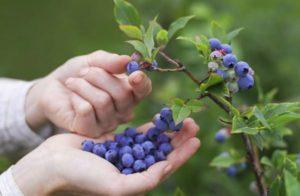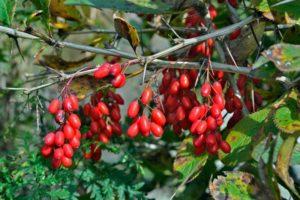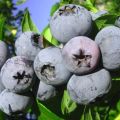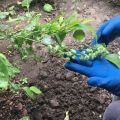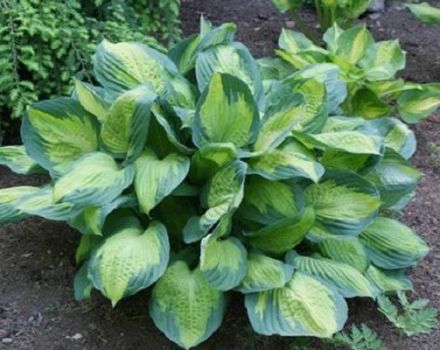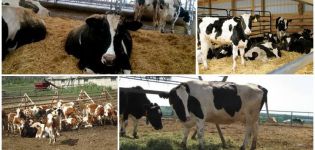How to plant and grow blueberries from seeds at home
Common blueberry is a type of berry that is common in the wild in the Northern Hemisphere, where temperate or cold climates prevail. Blueberries grow along rivers and streams. Occurs in the form of single bushes or extensive growths. Blueberries are known as an unpretentious shrub, but growing wild berries from seeds at home is difficult.
Plant features
The shrub height can be up to 1 meter. With an excess of free space, branches begin to creep along the ground.
- Trunk. Over time, the trunk completely grinds. The shrub branches in both directions; small semi-oval leaves, covered with a waxy coating, grow on the branches.
- Roots. System type - fibrous. The roots do not develop fine hairs, so the supply of nutrients from the soil is slow.
- Fruit. Small dark purple berries with juicy pulp and pale blue juice contain useful substances that help strengthen the heart muscle and normalize blood counts.
Blueberries are considered resistant to infestations and pests. For a comfortable existence, it needs acidic soil. In addition, it is a moisture-loving shrub, which, at the same time, does not tolerate an excess of water.
Blueberry planting material: what it looks like
The most common cultivation method among gardeners is considered to be the planting of ready-made seedlings. But many summer residents try to sprout blueberries from seeds in the house. The seeds can be purchased at the store or prepared by yourself.
The seeds are obtained from ripe berries. They can be round or oval and range in color from light brown to dark brown. After separating the seeds from the pulp, they are washed with warm water and dried. The seeds harden quickly, but this does not impair their planting qualities. The material can be stored for about 10 years.
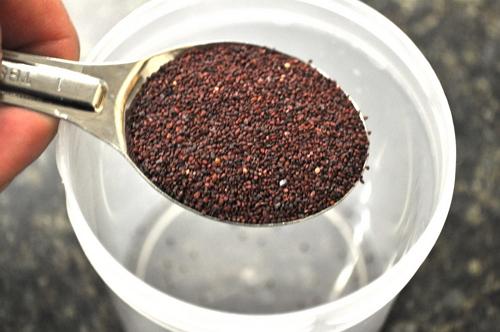
Reproduction methods
Garden blueberries are propagated in several ways:
- Seeds. This method is considered the longest. Before the start of cultivation, the seeds are pretreated. Then they go through the rooting stage, after which they are planted in the growing area.
- Cuttings. This path begins with the selection of a seedling and planting it.
- Layers. The complex grafting process depends on the type of scion, the correct choice of the variety and compliance with the conditions for removal from the mother plant.
Seed breeding begins with the selection of planting material. It is possible to select seeds from berries ripened in August, then plant them in the country or a plot after the necessary processing.Planting material purchased after long-term storage is recommended to be planted in spring.
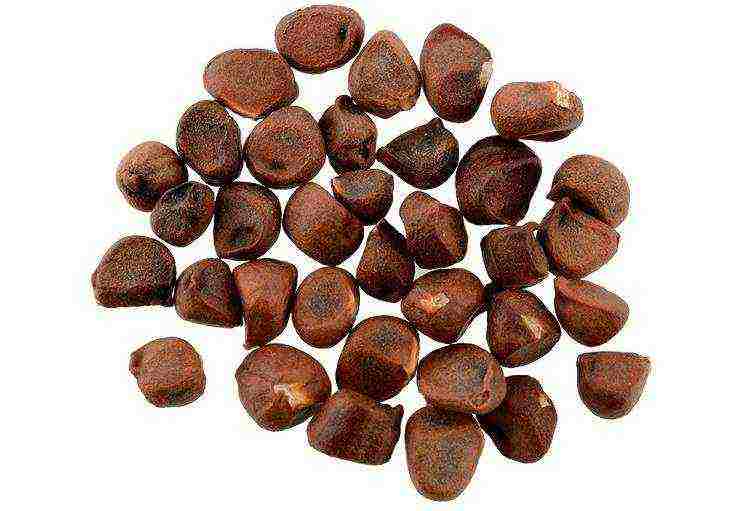
On the street
This method involves sowing the material into prepared soil. Before sowing, preparatory work is carried out:
- the soil is fertilized with peat,
- measure the acidity level, correct it, if necessary, with additional mixtures;
- seeds are sown in the top layer of the soil, the depth should not exceed 1.5 centimeters.
When planting, the level of soil warming should be taken into account. If the soil temperature is below +10 degrees, then the seeds may not germinate.
Warning! Fresh planting material is not germinated. When preparing, soaking the seeds is sufficient.
In room
This method is called seedling. Seeds are prepared and germinated at home, before planting on an open ground in spring. Early autumn is suitable for sowing seedlings. During the winter, the seeds take root, in the spring they are placed in open ground.
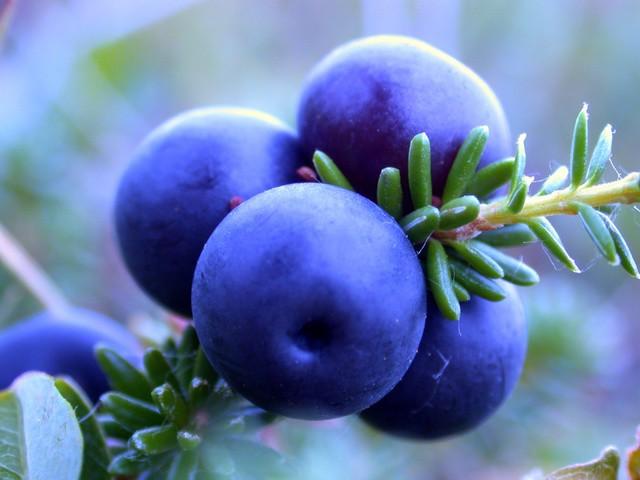
Which varieties are suitable
Not all blueberry varieties can be grown from seed. Only a few varieties are suitable:
- Patriot. A late fruiting variety, it is characterized as frost-resistant. Harvesting begins in early August.
- Canadian nectar. The bushes of the variety can reach 2 meters, the berries ripen in early September.
- Blue scattering. It is a hybrid variety with large berries.
- Forest treasure. A hybrid with high yields, fruiting lasts longer than other varieties.
- Blue con. A frost-hardy, high-yielding hybrid, ripens in the second half of July.
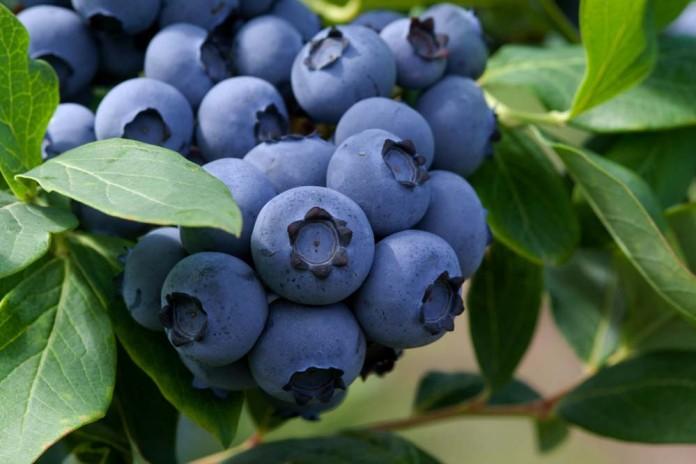
Necessary conditions for growing
Planting berries in your garden is the simplest step in growing blueberries. The care includes some features:
- shrubs grow on acidic soils, so it is necessary to check acidity throughout the growing season;
- blueberries are not planted in lowlands to eliminate the risk of waterlogging; the best option for planting blueberries is a sunny place, inaccessible to through winds;
- for the formation of full-fledged blueberry fruits, it is necessary to receive a sufficient amount of sunlight, the minimum period of daylight hours during the ripening of the fruit is 10 hours;
- the advantage of the shrub lies in the fact that, before the first frost, the branches have time to become greyish, therefore they are called frost-resistant, they do not freeze out with sharp drops in air temperature;
- if the temperature drops below -20 degrees, then blueberry bushes are additionally covered with industrial materials;
- harvesting is carried out in stages, since the ripening of blueberries is uneven;
- gardeners advise planting different varieties on the site, this helps to increase the yield of the species.
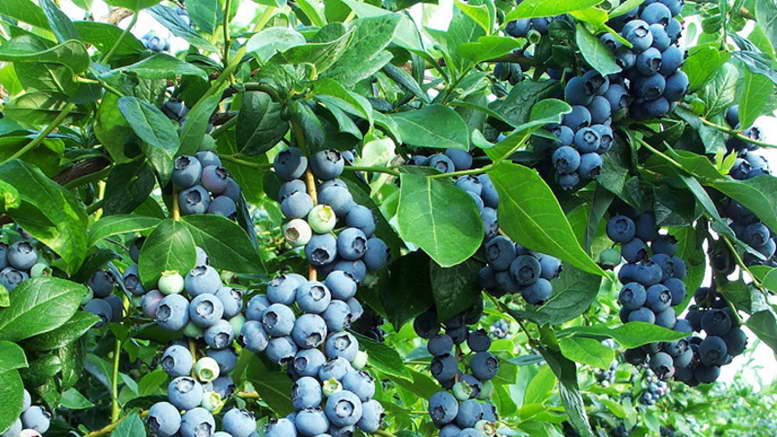
Soil preparation
Preparation of the soil for planting blueberries begins long before the process itself. To achieve the required acidity, the soil is treated with one or more means:
- colloidal sulfur;
- lemon juice;
- acetic acid.
After processing, loosening is carried out, then it is repeated every two weeks. To mulch the soil, use a cushion of cut grass, pine needles or sawdust.
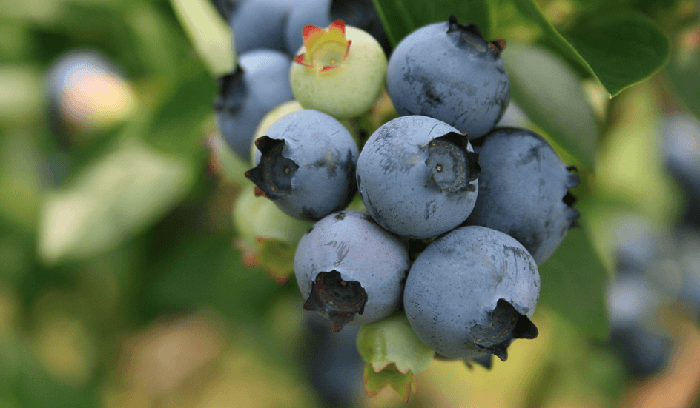
Warning! The use of wood ash when planting blueberries is excluded. Wood ash reduces acidity levels, which affects root development.
Germination
To accelerate the growth of blueberries, the seeds are treated. Processing includes two stages:
- Preliminary stratification, that is, storing planting material in a refrigerator to increase the protective properties.
- Soaking the planting material to improve the rooting ability.
After processing, the seeds are placed on the top layer of soil in a low container, sprinkled with sand. The container is covered with a plastic lid.The mechanism of action of the prepared structure is to create a greenhouse effect. This condition increases the seed's ability to germinate through condensation and increased soil temperatures. The mini-greenhouse is left in a warm, sunny place until shoots appear. The period from sowing to the appearance of shoots is about 30 days.

Agrotechnics
The peculiarities of blueberry cultivation are that the soil for shrubs is not fertilized with organic complexes throughout the growing season. The main task of gardeners is to prevent soil oxidation, which reduces yields and impairs the taste of blueberry fruits.
A planting hole for a shrub is dug out according to the formula: 60 by 60 centimeters. In the planting pit, the prepared seedling is placed vertically, while using the transshipment method of planting.
For blueberries, an agricultural technique such as weeding is important. Loosening is carried out carefully so as not to catch the root system. To increase yields, the bushes are regularly pruned to prevent the blueberries from growing uncontrollably.

Care
Caring for blueberry bushes includes several basic techniques:
- Irrigation. Gardeners know from experience that blueberries do not like cold watering. For irrigation, settled water is used. Watering is carried out in the early morning or late evening.
- Mulching. An important agricultural technique. It is used to protect the soil from the hot sun. A thin layer of sawdust is considered a suitable material.
- Landing. Rows of shrubs are planted at a distance of at least 2 meters from each other.
- Pruning. Spring pruning involves removing damaged branches in the spring, and removing old branches in autumn.
Growing seedlings
After the emergence of seedlings on the windowsill, the seedlings are removed to another place. The pot can be placed on the balcony or loggia of the apartment, where it is necessary to maintain the temperature regime from +18 to +23 degrees

In a few months, the shoot takes root, overgrows with 3-4 true leaves, the thin stem partially stiffens, then the seedlings begin to prepare for planting in a permanent growing place. A deterioration in the appearance of the seedling indicates a lack of minerals or a change in the acidity of the soil. In this case, feeding blueberries with special sour mixtures will be a timely measure of support.
Planting a shrub in a permanent place of growth
The danger that lies in wait for gardeners on the way of growing blueberries in their backyard is a decrease in soil acidity.Blueberries react to changes in acidity with a decrease in yield and an inability to form full-fledged fruits. To prevent this, in regions where the acidity of the soil is rapidly changing, summer residents use an unusual method.
The bottom of the prepared hole is covered with plastic wrap, perforations are made in it, then a drainage layer is placed, covered with soil and a blueberry bush is planted. Reproduction of blueberries by seeds is a technology that does not guarantee a full-fledged result. The main task of gardeners is to control the acidity of the soil; and it is also necessary to monitor soil moisture.
